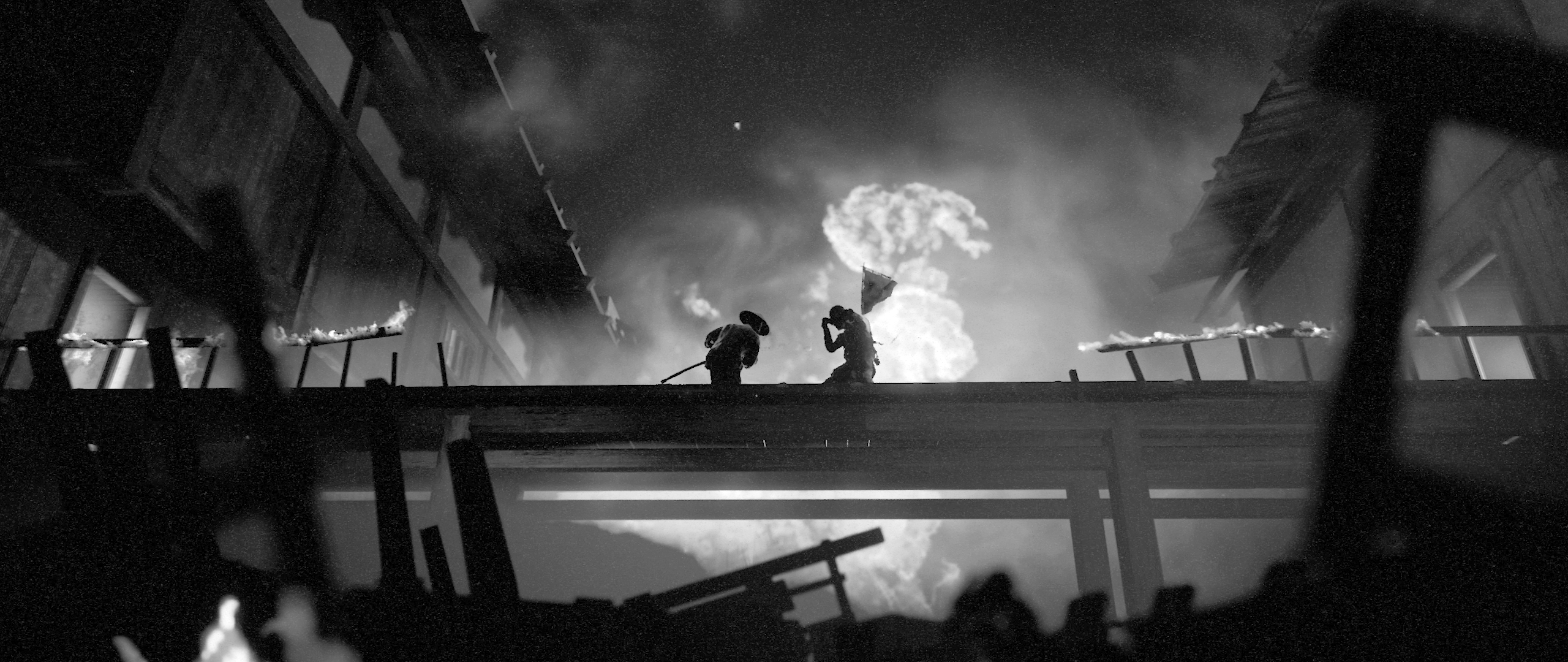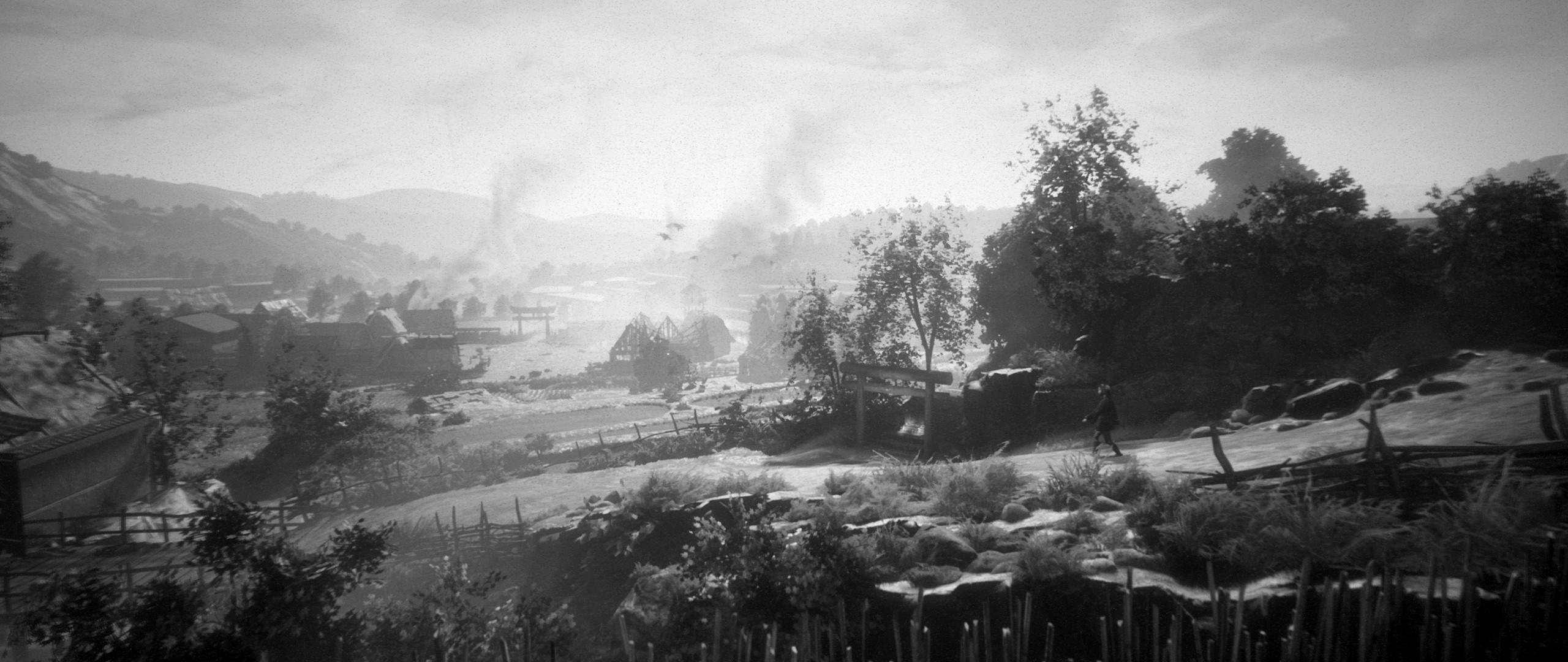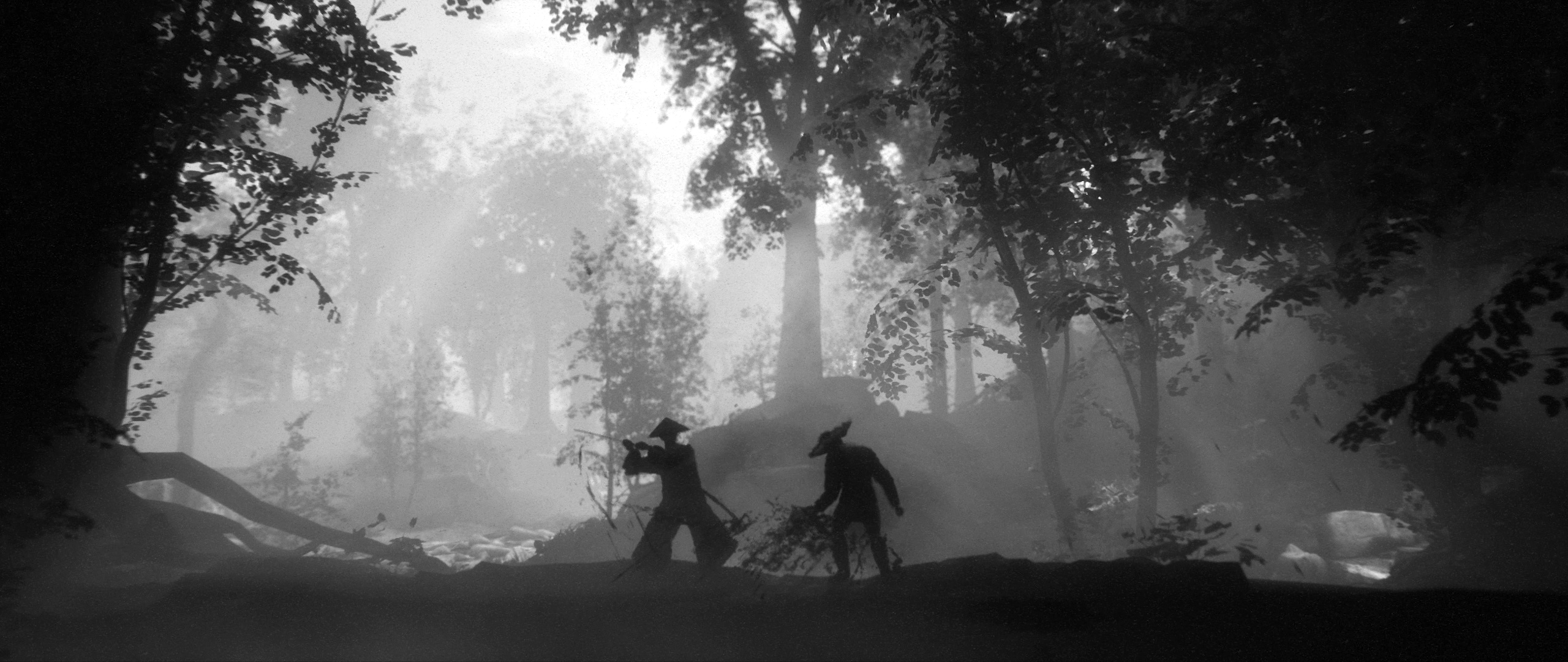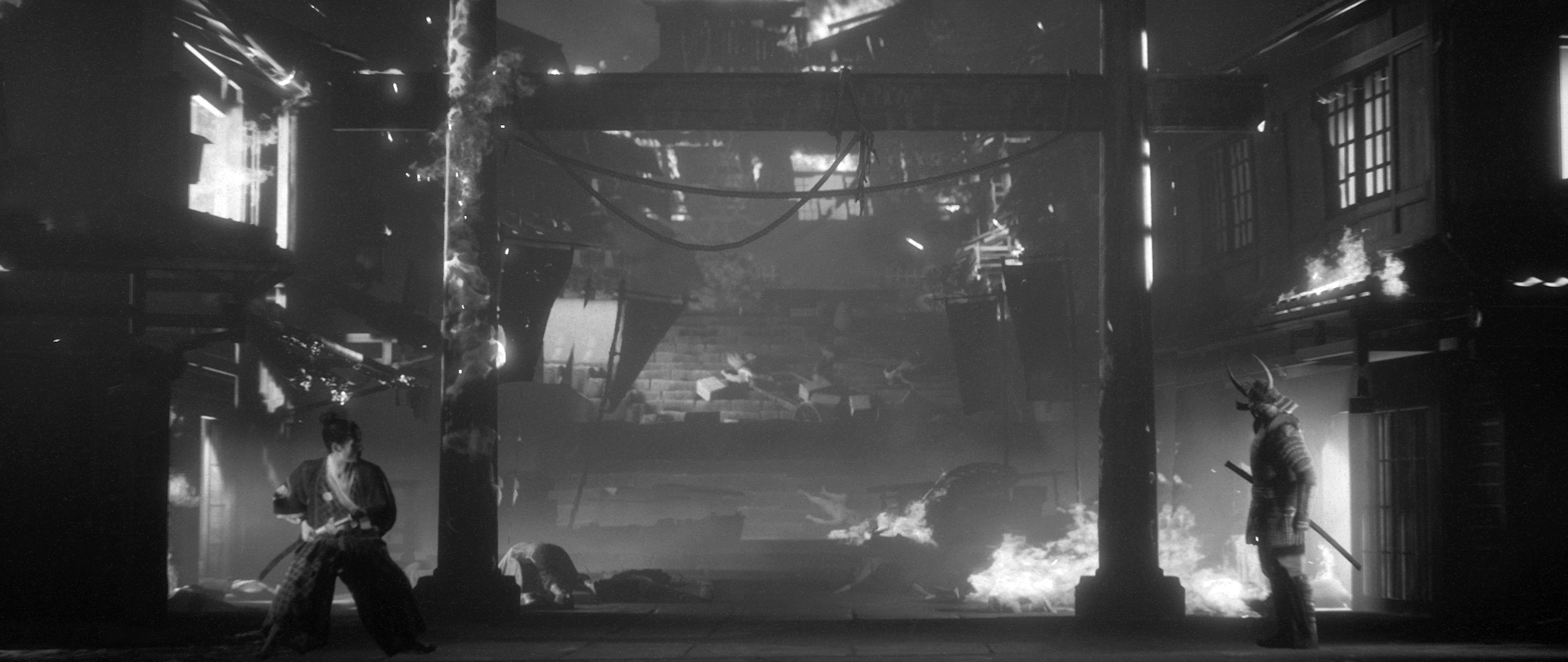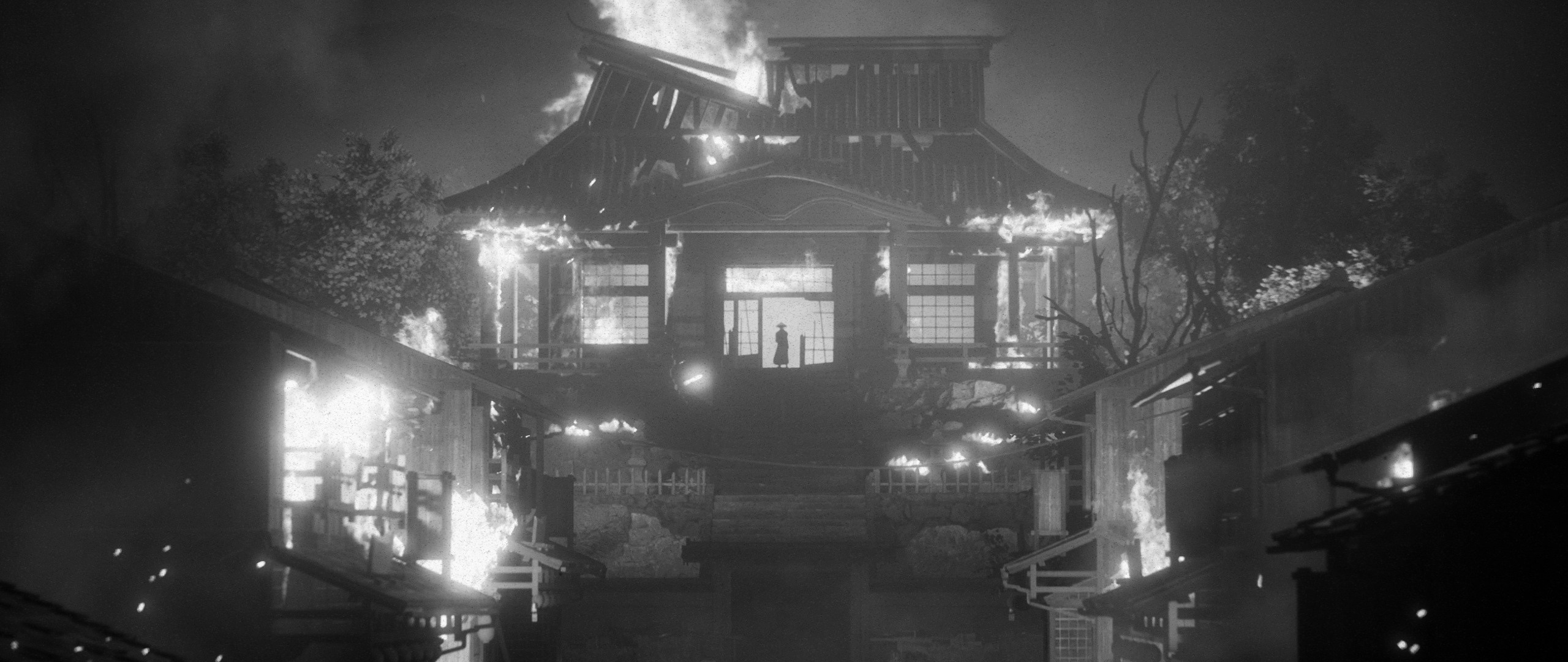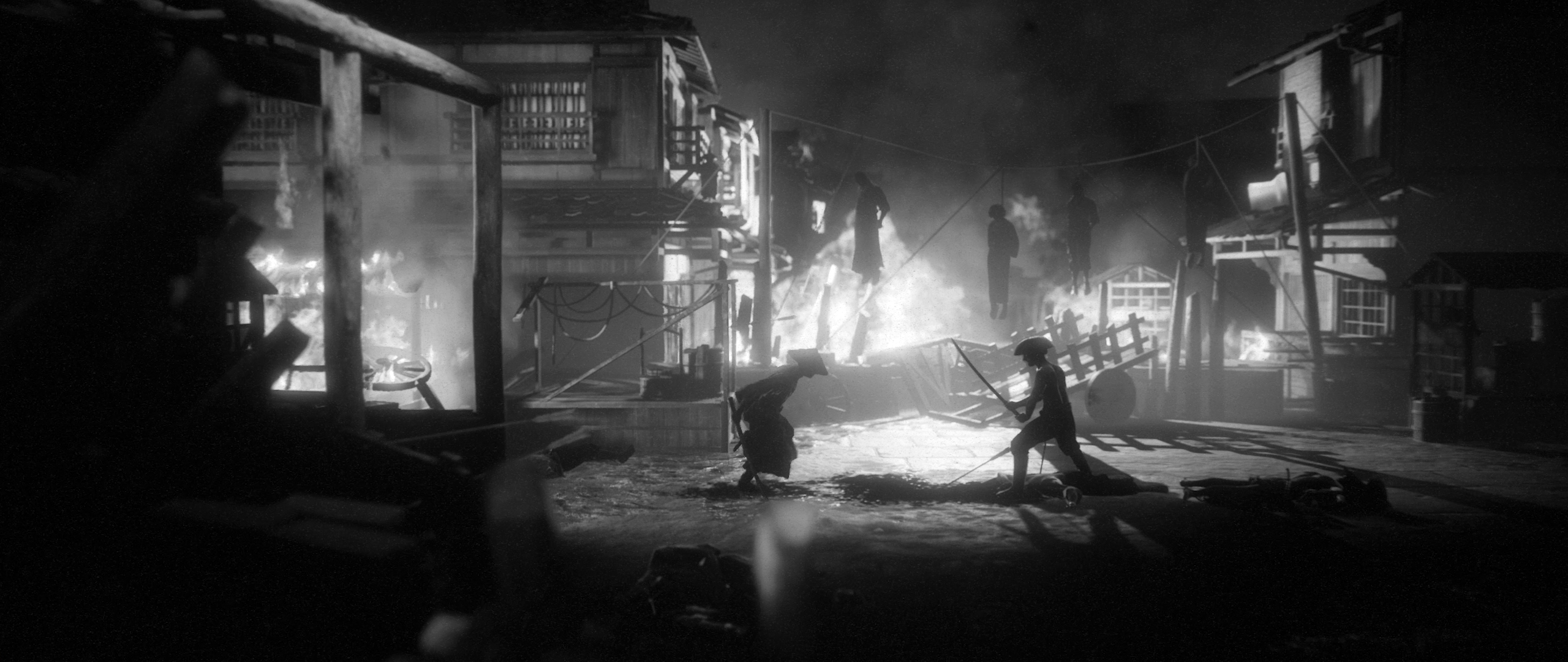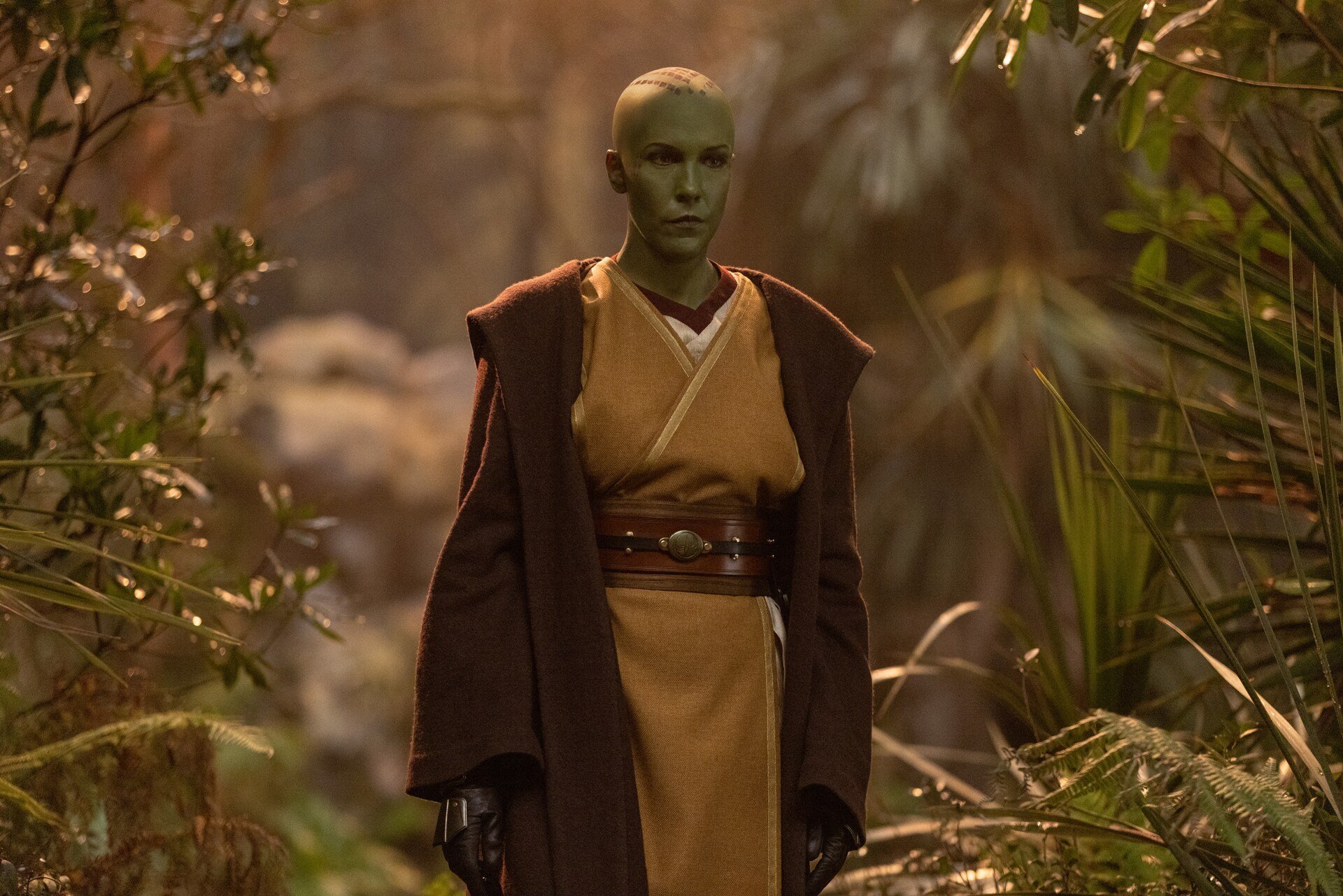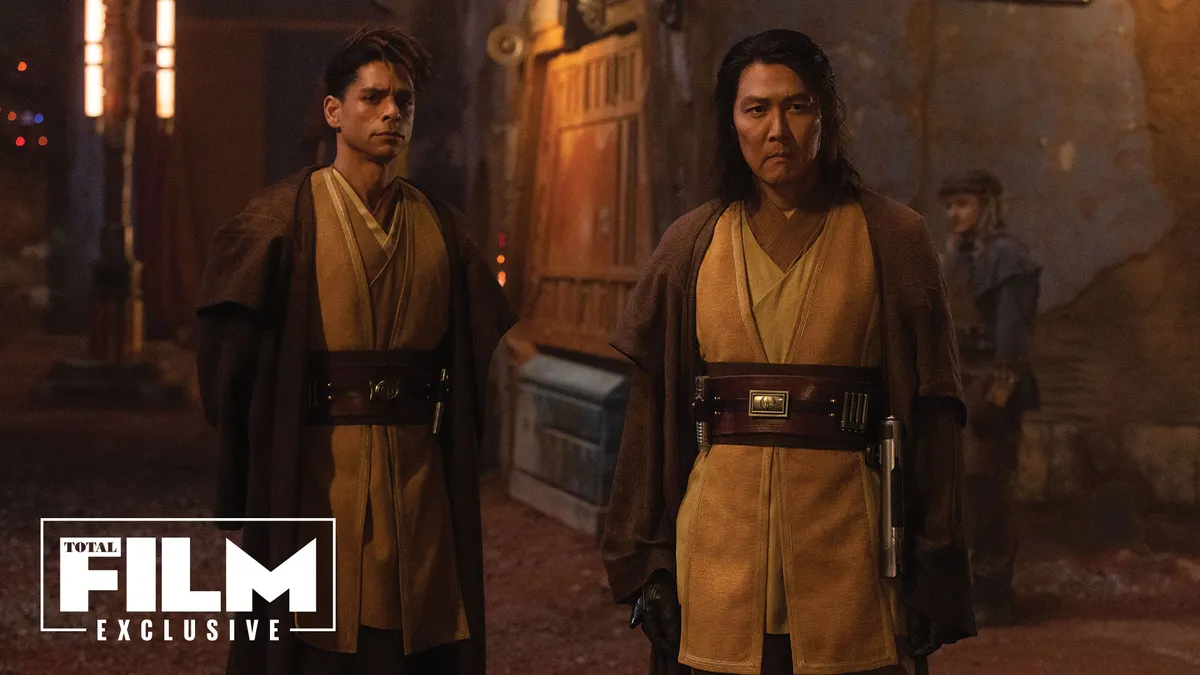‘Trek to Yomi’ Review: A Beautiful but Unsharpened Blade
Trek to Yomi, one of the most anticipated indie releases of the year, has finally sliced its way into PC and consoles, but is this a trip worth embarking on?
Leonardo Menchiari and Flying Wild Hog (Shadow Warrior series) have crafted a gorgeous take on Japanese movies of the 50s and 60s. There’s no denying that. Authenticity and a high degree of audiovisual polish were of the utmost importance, and it shows — Trek to Yomi victoriously channels both Kurosawa-like aesthetics and the tension of old action-adventure 2D scrollers, such as Heart of Darkness.
However, an undercooked combat system and some progression oddities threaten to sink the whole thing more than once. Gameplay-wise, everything works just well enough to get the story to the finish line, but it’s a shame the actual swordfighting, of which there’s plenty, wasn’t as fully developed as the game’s stunning environments.
Trek to Yomi tells a rather simple and traditional story about revenge and honor. It’s your standard hero’s journey told through a mix of Western and Eastern sensibilities, filled with a mentor, an apprentice, a love interest, and plenty of bad guys to stab and cut through. And it all works, mostly thanks to its precise strokes and brisk pacing. Plus, things eventually get weirder and deeper, something that publisher Devolver Digital has smartly locked away during the big marketing push for the game.
It’s important to underline how it all clicks together because of the agile storytelling, because the characters and the dramatic core are nothing to write home about. That’s not a bad thing per se, but it quickly becomes abundantly clear there was more of a general, visually-driven idea at the beginning, with the actual writing being only the foundation for a quick trip through the Japanese countryside, burned-down villages, and hellish visions.
During its first strides, Trek to Yomi plays out exactly like the kind of story the marketing is selling. And it’s hard to escape the spell its dazzling, naturalistic environments cast on you. Furthermore, the recurrent fixed shots and playfulness with lighting make the most of the beautiful levels, completing the illusion of playing through a classic Japanese film. Then, as mentioned before, it goes to stranger places and, sadly, sometimes stumbles with odd camera angles that become another obstacle to overcome.
Likewise, the simple yet effective story also becomes shakier around the midpoint, with a couple of sections that overstay their welcome (more on that later) and a conclusion that ultimately feels rushed and falls flat. Trek to Yomi gets most of the tale right, but it refuses to become livelier when it needs to deliver gut punches or ride waves of heroism. Instead, it’s fully committed to the stereotypical image of Japanese stoicism. This choice kind of makes sense when you look at the stories it’s trying to replicate, but I believe it missed some of the openly human drama and messiness that is peppered throughout them.
Now, let’s discuss the elephant in the room: the combat in Trek to Yomi ain’t good. But it’s not bad either. It unambiguously feels like the prototype of what would become a fitting combat system for such a stylish game. Dispatching enemies early on is easy enough, as the game tells you dueling fools is all about precision and countering attacks. Then it starts throwing chunkier warriors and ranged attackers at you, and swift movements, as well as juggling multiple enemies at once, become quite important. Simply put, the controls and animations can’t keep up with the action that’s set up in the larger set pieces.
The game locks to 2D during combat, and facing one side or another is, for some weird reason, tied to the A button (Xbox) instead of a joystick flick or a trusty lock-on system. It’s a weird choice, but okay, it could work if the animations and timing were more reliable. But they aren’t, so you often find yourself in the middle of a hectic swordfight trying to face the right enemy through an awkward animation that doesn’t register correctly in the middle of other moves more often than not. As a result, you must cheese your way through the toughest crowds with ranged weapons (which only appear to serve that purpose) or highly aggressive, totally un-bushido streaks of simple combos that prove to be more effective than anything unlocked later in the game.
Mind you, parrying is still your biggest weapon once things get messier, but some enemies that show up during the journey’s more overlong bits don’t even flinch, so the instinct to stick with repetitive but helpful combos never goes away. Moreover, some skills and attack combinations show up too late into the adventure to make a difference, especially when you take into account how half the bosses trample the game’s most basic lessons about combat. One would expect Trek to Yomi to embrace a “Sekiro-but-2D” approach to combat — slick, easily understandable, fitting — but it goes in a completely different direction without developing nor polishing its core gameplay systems. Thankfully, the checkpoints are abundant and generous.
The rest of the 4-6 hours of playtime is spent exploring linear levels, collecting artifacts and health/stamina upgrades (you don’t want to miss them), and solving rather straightforward puzzles. In other games, those sections could be boring, but Trek to Yomi basks in showing off its beauty in between bloody scuffles. And you often find yourself excited for next break from fighting. It’s a stark contrast which simply works and falls in line with the narrative and overall feeling of the game, much like an original soundtrack by Cody Matthew Johnson and Yoko Honda that knows the value of restraint and calm.
Trek to Yomi feels like both a missed opportunity and totally what it wants to be. For such a short game, plenty can be said and discussed about every single one of its elements. I can’t say I agree with all the choices made here, and that combat system clearly needed more time in the oven, but all the annoyances that piled up over the course of my playthrough failed to knock down a largely enjoyable romp that’s greater than the sum of its parts. You just need to exactly know what you’re getting into.
Trek to Yomi is now available on PC (Steam, GOG, and Epic), Xbox consoles, and PS4/5. It’s also part of Game Pass for an unspecified time.
Thanks to Devolver Digital and Tinsley PR for the Xbox review code.
Francisco J. Ruiz is that guy who has watched Jurassic Park a thousand times and loves Star Wars. His hunger for movies is only matched by his love for video games. He graduated in English Studies from the University of Malaga, in Spain. As he keeps writing about what he enjoys (and doesn’t) for websites all over, he’s continuing his studies.

